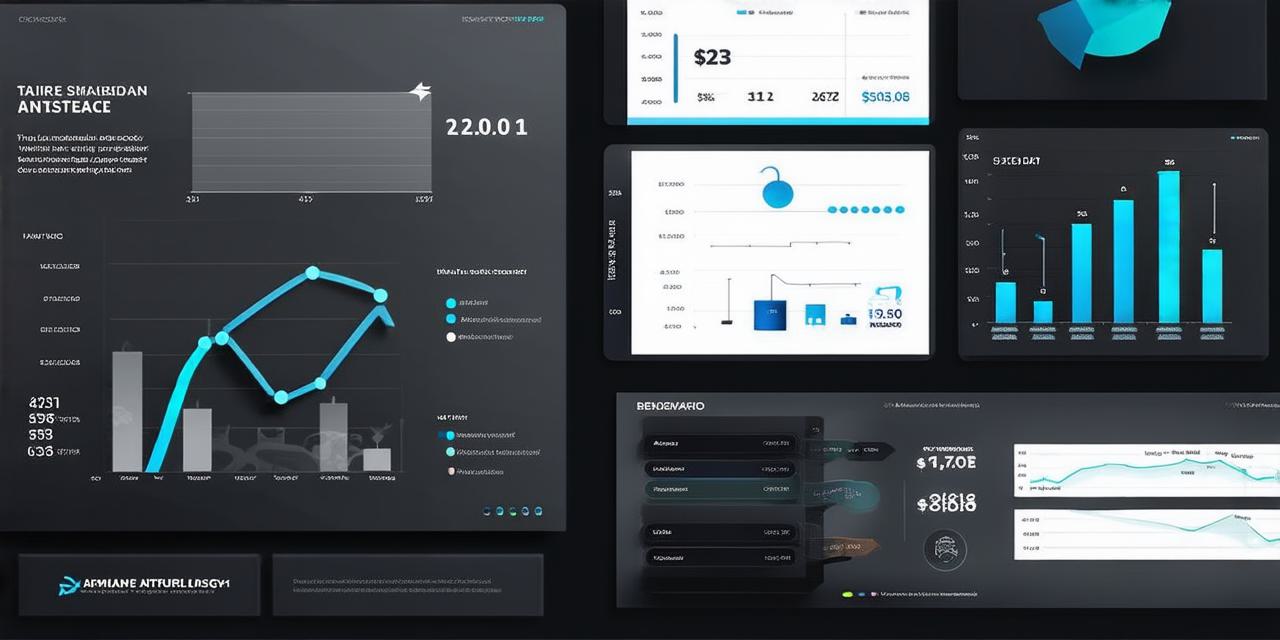The world we live in is increasingly digital. From social media to email marketing, websites to mobile apps, every aspect of our lives is touched by some form of technology. And with this shift towards digital, so too has the role of digital design in marketing.
Digital Design: The Heart of Marketing
Digital design is the process of creating visually appealing and user-friendly digital products such as websites, mobile apps, social media graphics, and email campaigns. It encompasses a wide range of elements, including color schemes, typography, layout, images, and animations. But when it comes to marketing, the goal of digital design is much more specific: to attract and retain customers by creating an engaging and memorable user experience (UX).
The Role of Digital Design in Marketing
Digital design plays a critical role in every aspect of marketing. From branding to advertising, customer service to e-commerce, the goal of digital design is always the same: to create a seamless and enjoyable experience for the user. Here are some specific ways that digital design can help your business grow:
1. Building Brand Awareness
A strong visual identity is essential to building brand awareness and establishing a reputation in the marketplace. This includes everything from logo design to typography, color schemes to imagery, and tone of voice to messaging. By creating a consistent and recognizable visual language across all digital channels, you can establish your brand as an authority in your industry and build trust with potential customers.
2. Increasing Engagement
Engagement is the key to success in any marketing campaign. Whether it’s through social media likes, website clicks, or email opens, engagement is what keeps your audience interested in your brand and encourages them to take action. Good digital design can help increase engagement by making your content more visually appealing and easier to interact with. This includes everything from intuitive navigation and clear calls to action (CTAs) to responsive design that works seamlessly across all devices.
3. Improving Conversions

Conversion is the ultimate goal of any marketing campaign: turning potential customers into paying ones. By creating a user-friendly, visually appealing, and intuitive website or mobile app, you can improve conversion rates by making it easier for users to find what they’re looking for and take action. This includes everything from streamlined checkout processes and clear product descriptions to engaging product demonstrations and customer reviews.
4. Enhancing Customer Experience
Ultimately, the goal of digital design in marketing is to create a positive and enjoyable customer experience that encourages repeat business and drives long-term loyalty. By focusing on user needs and preferences, you can create a personalized and engaging experience that resonates with your target audience and sets your brand apart from the competition.
Case Studies: The Power of Digital Design in Marketing
To better understand the role of digital design in marketing, it’s helpful to look at some real-life examples of successful campaigns and how they leveraged design to drive results. Here are a few examples:
1. Airbnb: Personalization and Intuitive Design
Airbnb is an excellent example of how digital design can enhance the customer experience. By focusing on personalization and intuitive design, Airbnb has created a seamless and enjoyable experience for both hosts and guests. From the search process to booking and beyond, every aspect of the Airbnb experience is designed to be easy and enjoyable to use. This has helped Airbnb build a loyal customer base and establish itself as a leader in the travel industry.
2. Nike: Branding and Visuals
Nike is another great example of how digital design can help build brand awareness and establish a strong visual identity. With its iconic logo, bold typography, and striking imagery, Nike has created a recognizable and memorable brand that resonates with consumers around the world. By using consistent visual language across all digital channels, Nike has established itself as a global powerhouse in the athletic apparel industry.



